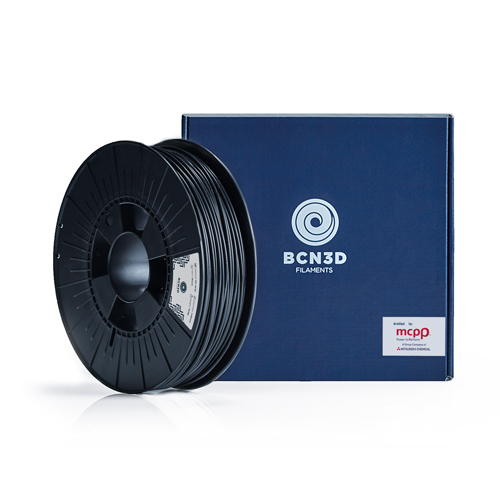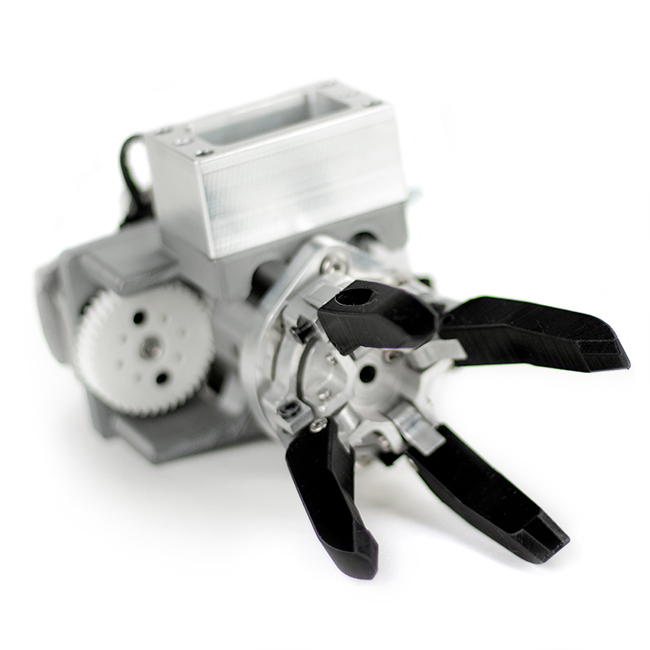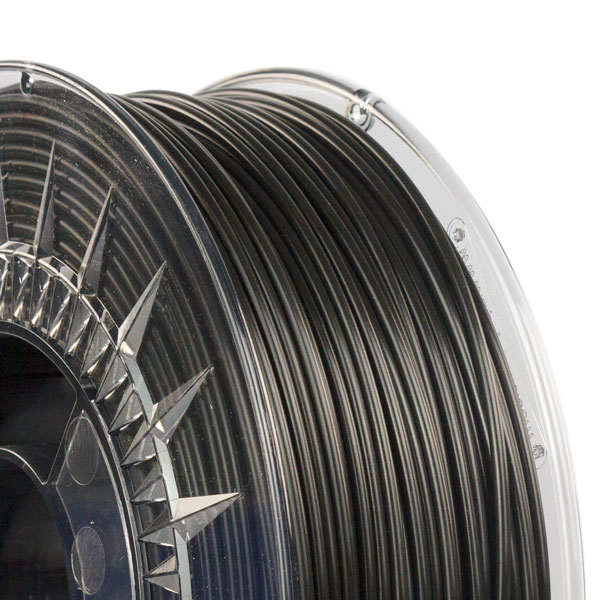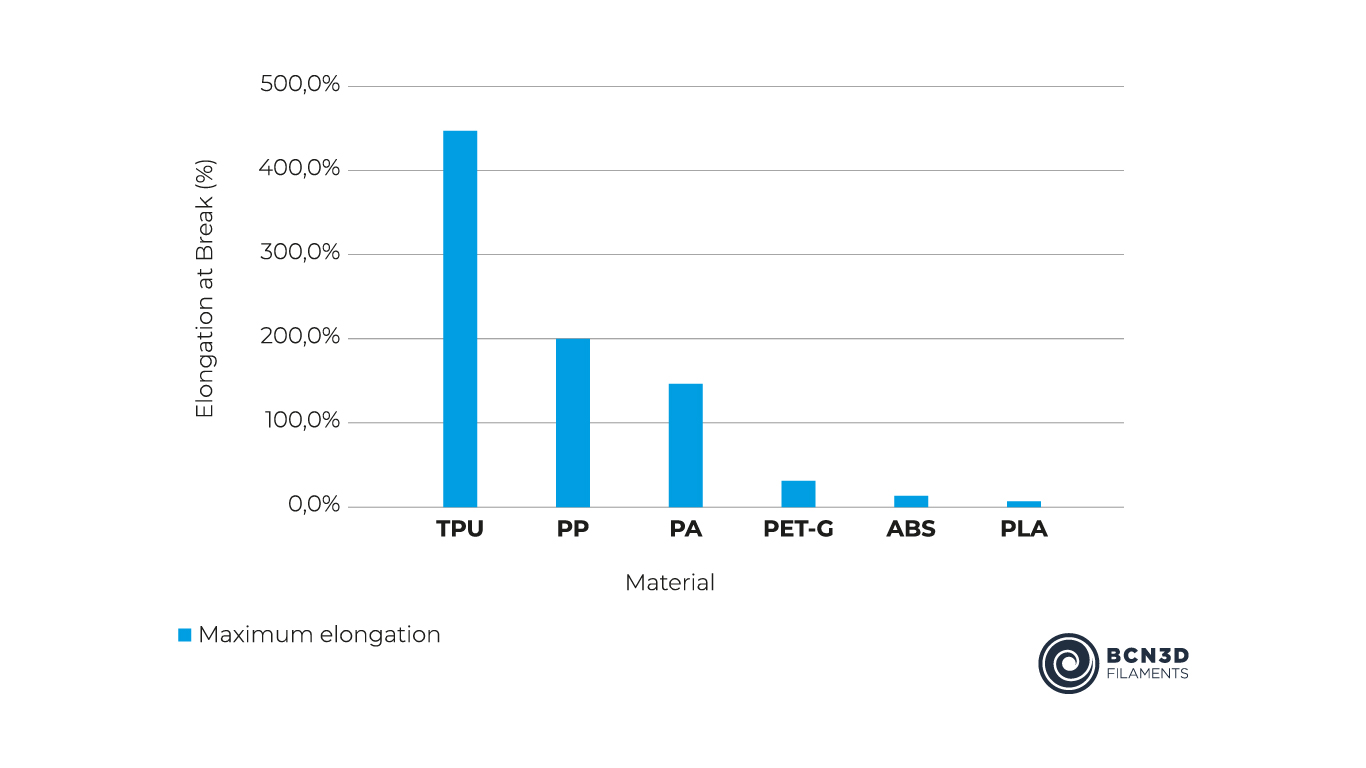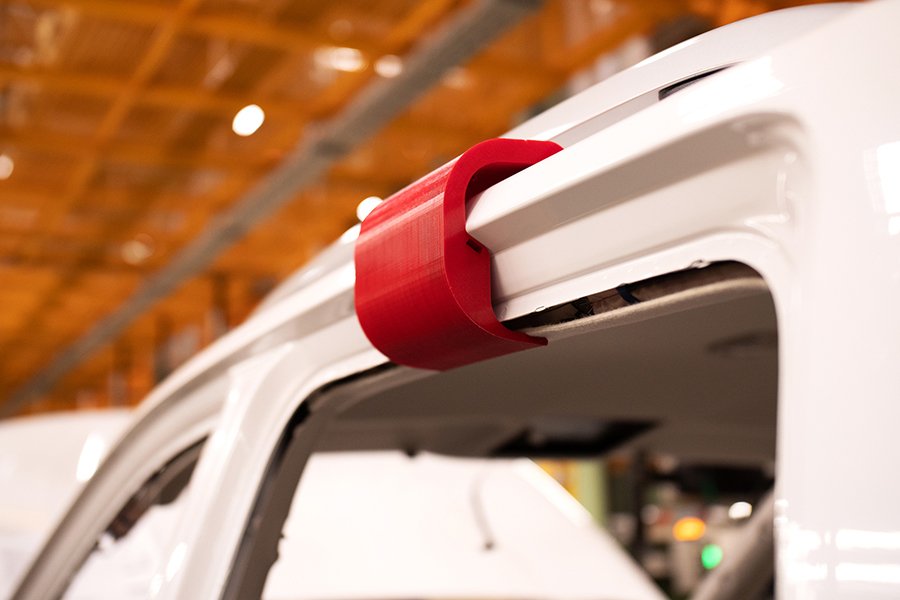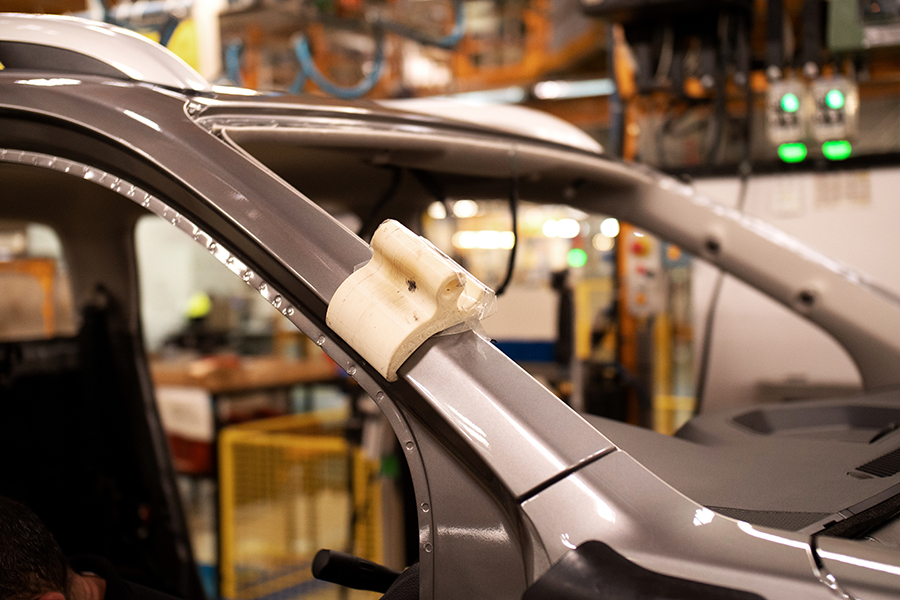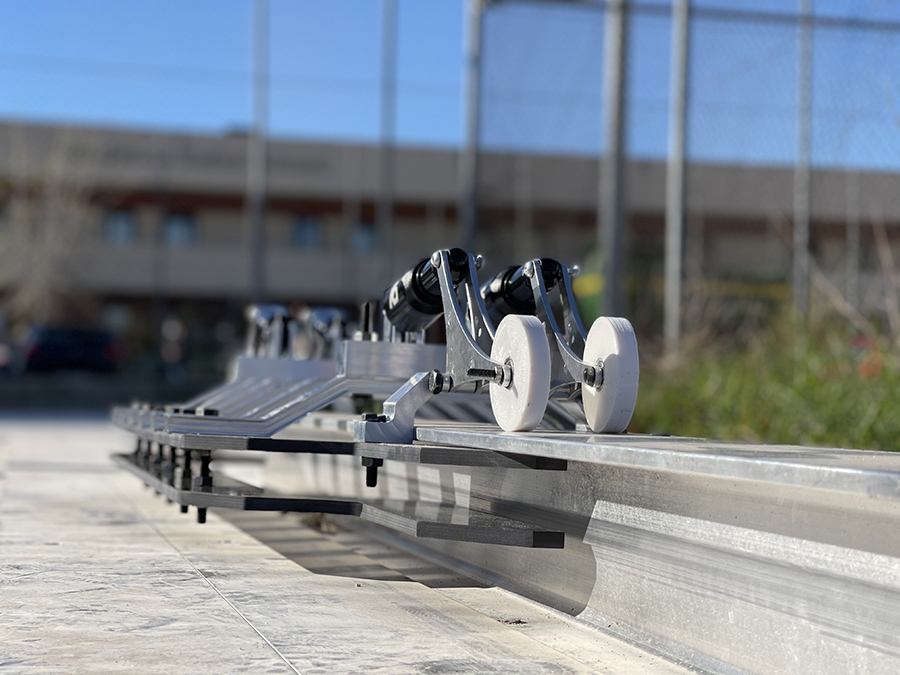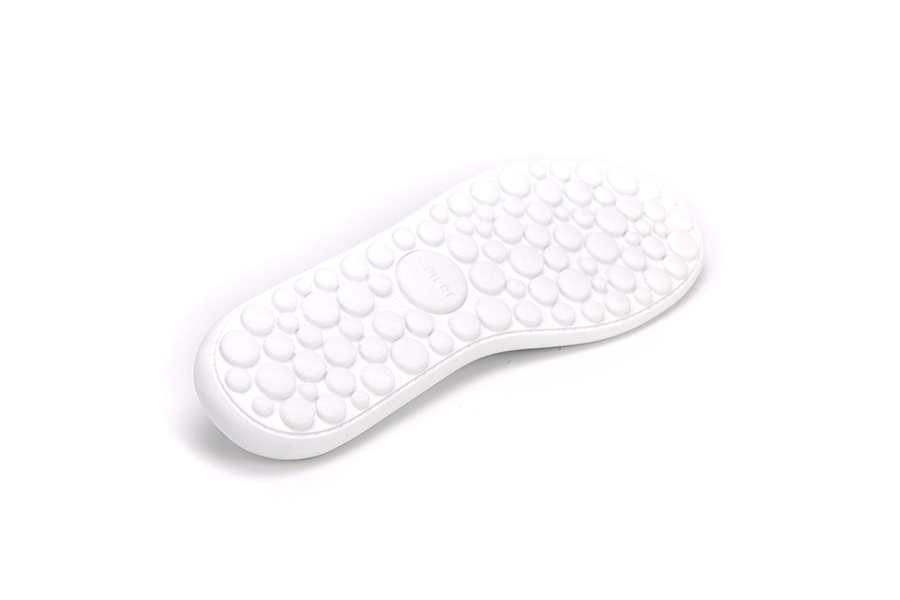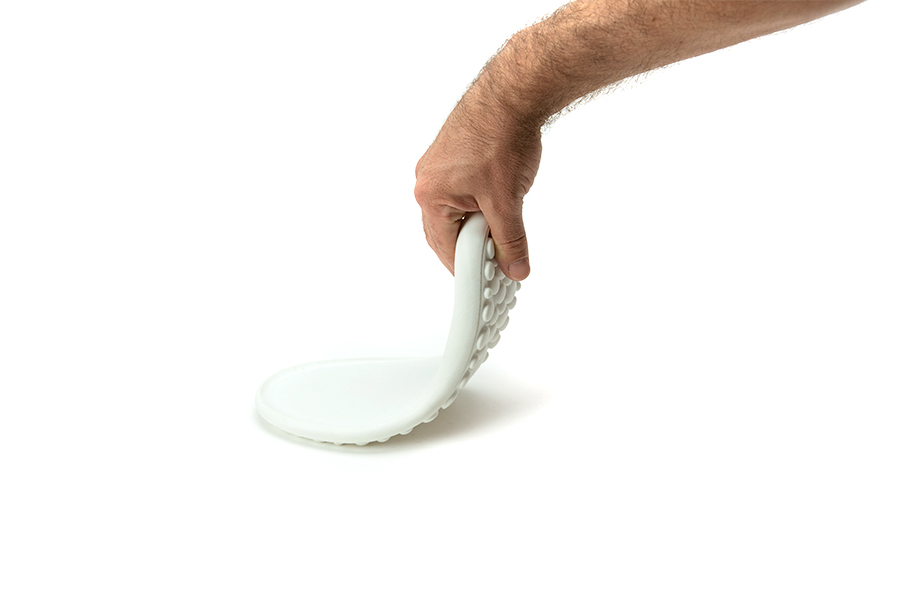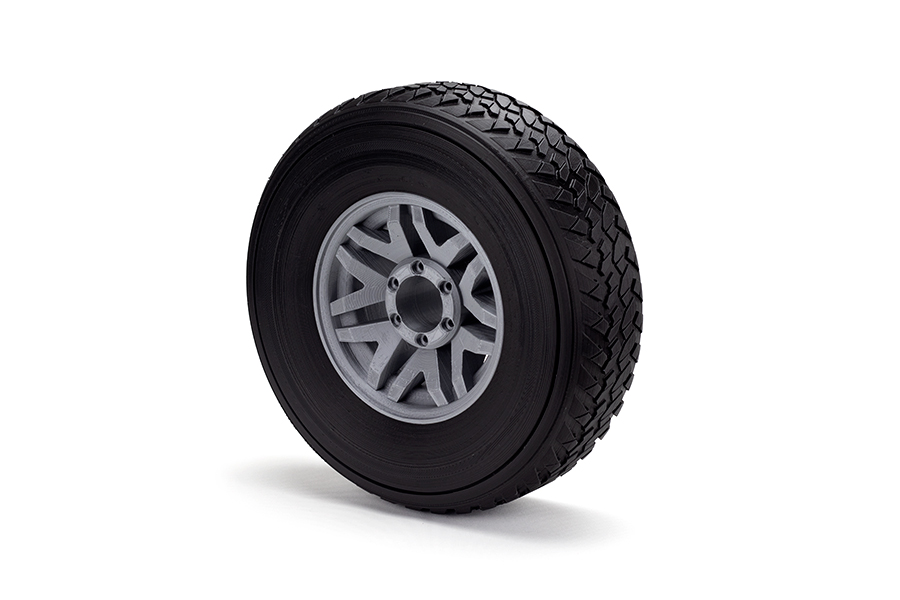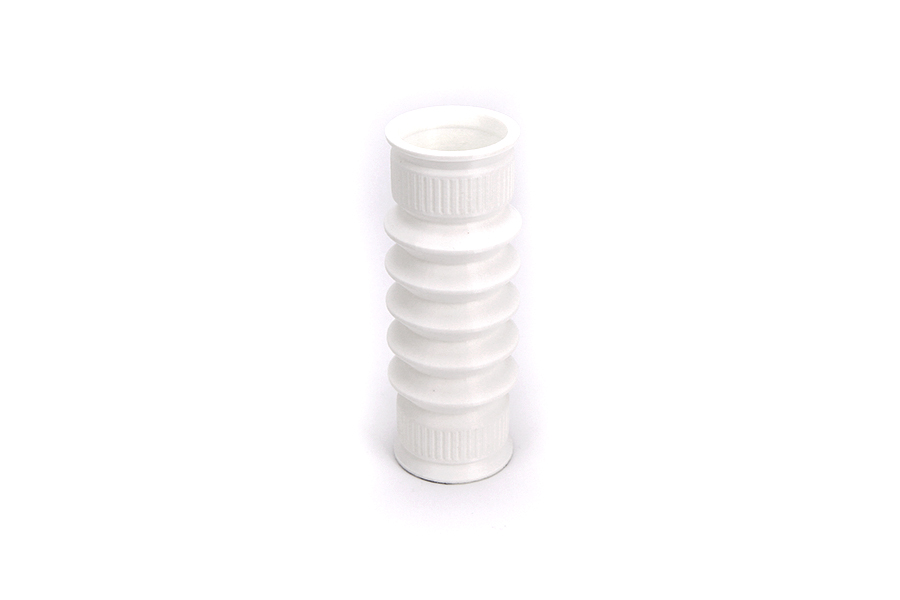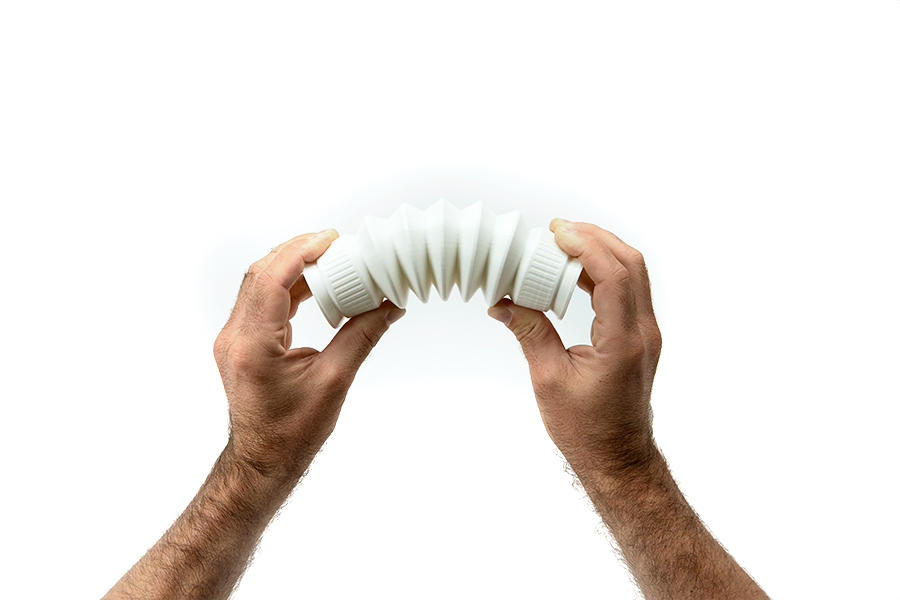Webinar
Use support materials to expand your 3D printing horizons
Our hosts and 3D printing specialists Álvaro and Jess give us the lowdown on all the different benefits that arise from using support materials, and all the different ways in which they can be implemented.

Success stories
The BCN3D Epsilon W27 helps Agri.Builders’ Pherodrones fly high
As an alternative to pesticides, Agri.Builders has developed drone attachments to transport rings that release hormones to prevent damage to almond trees. The partnering of their BCN3D Epsilon W27 with their Smart Cabinet ensured a smooth-running of their printing process and presented them with an array of materials to choose from.

White paper
Your Extensive Guide to the Properties of 3D Printing FFF Filaments
This white paper dives deep into physico-mechanical properties and impact, heat and water resistances, by evaluating the performance of every material in the BCN3D portfolio.

Article
How to stretch the flexibility of your parts even further
This article is an exploration of the various ways in which we can generate more flexible geometries through the possibilities offered by the Stratos software. We delve into choosing which parameters to modify, how to modify them, and the effects of these changes.

Webinar
Materials for 3D printing & In-depth on fibre-filled
Which is the strongest 3D printing material? And… is stronger always better? In this webinar, Materials Engineer Dario Destro will walk you through the different 3D printing filament types currently available in the market and their properties, with a special emphasis on fiber-filled materials.

Success stories
Zoles company manufactures custom 3D printed insoles drastically reducing costs and shrinking lead times
Zoles manufactures customized insoles around Europe using BCN3D printers, speeding up all the process and being able to save up to 80% of the total production costs with each pair. Based in Denmark, Zoles gives to their users an experience of increased comfort and performance when walking and running. The focus resides on producing customized footwear and shoe insoles. Thanks to 3D printing they are now able to fulfill all their clients requirements.


